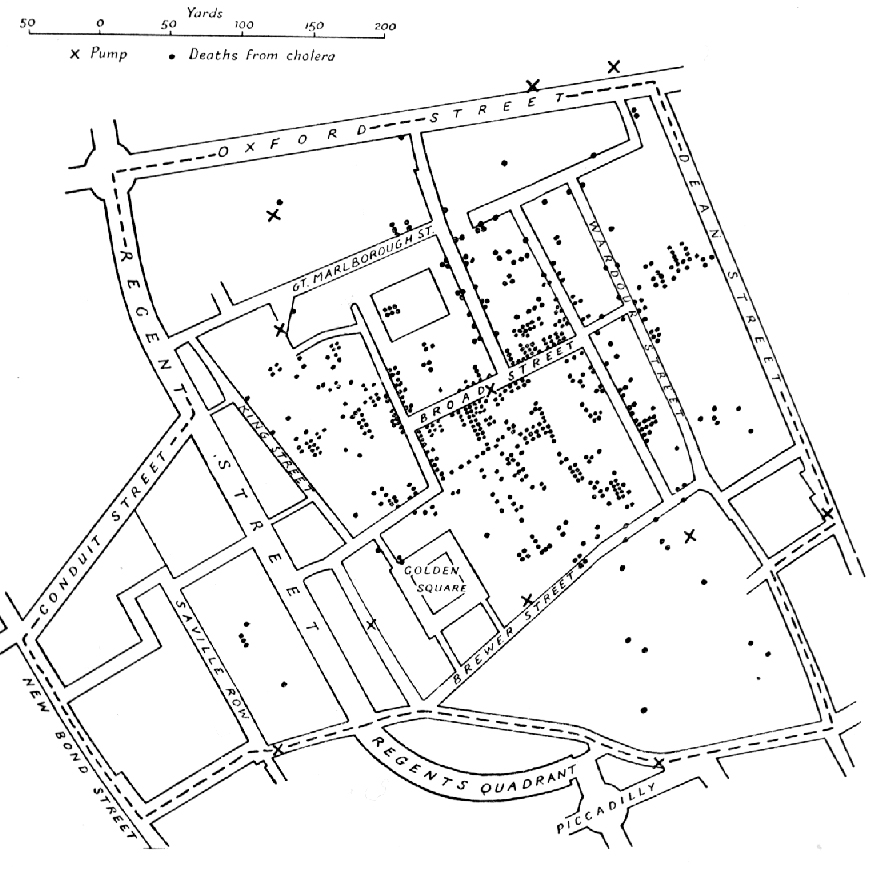Students at UCSB now have the unique opportunity to complement their academic majors with a minor that features scientific and humanistic perspectives about space, place, spatial reasoning, and spatial analysis. The minor, administered through the Department of Geography, draws on courses across 26 departments and programs. Students who opt to complete the minor choose from one of three focus areas: Spatial Thinking, Space and Place, or Spatial Science. Spatial Thinking relates to and draws on courses from psychology and behavioral geography, with options to choose courses from eight other departments. Space and Place exposes students to regional geography and to courses in art and the history of architecture, drawing from courses in nine departments, primarily in the humanities. Spatial Science is concerned with the spatial reasoning and spatial analysis that accompanies the scientific search for patterns and processes in diverse knowledge domains as illustrated in courses from more than twenty departments and programs.
The minor is open to students from all disciplines. For students in dozens of programs, the new minor provides an opportunity to build a niche of expertise structured around general concepts for understanding the role of place in society, mastering methodologies for representing information and data in a spatial context (including geographical context), and engaging spatial principles for solving problems and creating new works of art or interpretive insights. To reinforce the multi-disciplinary character of the minor, no more than one upper-division course can overlap those credited to a student’s major(s) or other minors, and no more than three courses can be from a single department or program. Using geography as an example, majors might consider developing expertise in spatial cognition by taking psychology courses in the Spatial Thinking focus. Courses in history of architecture or public art may enhance the understanding of urban landscapes or approaches to regional analysis. In the Spatial Science focus, geography majors can explore a number of themes built around courses in statistics or mathematics that add substantive insight to spatial analytical methodologies; courses in economics or environmental studies may expand a student’s background for a career in planning. For the geography student who is prepared for the challenge, an introductory course in materials science might feed the cross-disciplinary transfer of technologies and concepts from the nano-scale to the geographical scale. In principle, the minor in spatial studies can spark original insights that have the potential to transform a student’s career path and his or her contribution to knowledge and society.
In essence, the new minor provides new opportunities for innovative programs under the umbrella of spatial studies; this imposes a responsibility on students to think deeply and carefully about customizing their minor to their greatest academic and career advantage. Dr. Don Janelle and Karen Doehner in the Center for Spatial Studies are the primary advisors for the minor and welcome opportunities to work with students in designing a meaningful set of courses in relation to their major(s), career interests, and intellectual curiosity.
The minor draws upon areas of acknowledged research innovations and academic strengths long associated with UCSB. These include UCSB’s role in the development of geographic information systems (GIS) through the National Center for Geographic Information and Analysis (NCGIA); applications of spatial and spatio-temporal thinking across disciplines, as exemplified by the AlloSphere—an original, virtual immersive environment for information visualization; the use of brain imaging in neuroscience; the integrative use of quantitative methods, spatial statistics, and simulations of space-time interactions to understand ecological and behavioral processes across a wide range of disciplines; pioneering developments in the uses of satellite imagery and remote sensing; and innovative applications of spatial principles and practices in the creative arts.
The common core course for the minor in spatial studies is Geography 12, Maps and Spatial Reasoning, currently taught by Dr. Keith Clarke. Highlighting the science of maps, Geography 12 is required of all geography majors, but it is a course that aims at the broader spatial literacy needed for both science and citizenship in the information era. This need has intensified in the past decade in association with the rapid increase in public recognition of maps and geo-referenced data in the media, as well as the expansion of new public services associated with geo-browsers (e.g., Google Earth), the advent of location-based services in a world of ubiquitous cell/smart phones, and even the embedding of GPS transmitters in material resources. Geography 12 provides essential background in geospatial literacy to ensure that those who use these tools understand the underlying spatial and scientific concepts to support problem solving and spatial reasoning. It also offers preparation for courses in GIS and image analysis, allowing students from the sciences and humanities to complement their majors with advanced computer-based skills for spatial information analysis and representation.
The development of the proposal for the minor was carried out by the Center for Spatial Studies under the direction of Dr. Don Janelle. The process included consultation with department chairs and curriculum committees to identify courses that featured aspects of spatial reasoning. Detailed information about the spatial minor, including requirements and information on seeking advice are available at here (the flier featured in the right-hand panel is available for general circulation).
Editor’s note: Thanks to Don Janelle for contributing this article, and major kudos to him for his major efforts in the implementation of a major minor!

.jpg)





